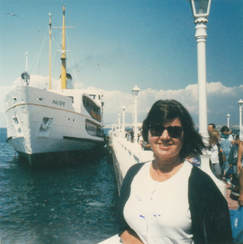 Sherrill & Bosporus ferry, Turkey, 1996
Sherrill & Bosporus ferry, Turkey, 1996 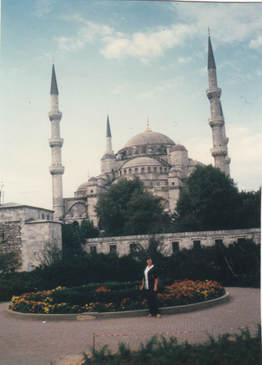 Sherrill & Blue Mosque, Istanbul
Sherrill & Blue Mosque, Istanbul Sherrill and I loved Istanbul's ancient elegance, its colorful and busy hillside neighborhoods, its energy and unpredictability, its myriad eccentricities that came together as astonishing, unconventional, beauty. We walked along crooked streets between buildings leaning so closely together that they nearly obliterated the sky and explored again the covered bazaars and markets and ate fish with spicy vegetables and kebabs with pilaf and yogurt, with baklava for dessert. After two happily crowded days in the old city, we returned to our gulet to sail with the others into the Sea of Marmara.
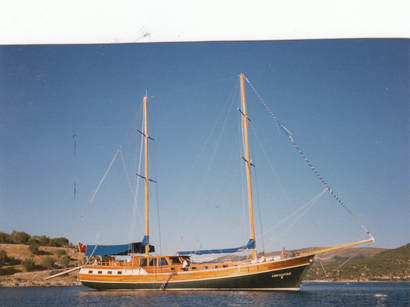 Our Gulet, off the Turkish coast
Our Gulet, off the Turkish coast "This is it?" I asked, gazing at the surprisingly small stone building, roofless, now, in which this great meeting took place.
However, although neither of us was religious, we felt the power of history as we walked through those abandoned rooms where so much was at stake so long ago.
Coming from California where two hundred years is considered ancient, we found the rich historical stew of this land as daunting as it was impressive. Pre-Roman, Roman, Byzantine, Ottoman, early Christian, Moslem: the remains of all these eras seemed to have been spilled carelessly over the rocky hills and valleys. To complicate matters more, the next day we found ourselves at the site where Alexander the Great defeated the Persians, then hours later were trekking across World War I battle sites at Gallipoli, gazing into trenches where doughboys fought and died.
"You romantic!" Sherrill teased me.
From Troy, we continued to Alexandria Troas, where St. Paul preached, and Assos, where Aristotle ran a philosophy school.
"Is there no place around here that doesn't reek of history?"
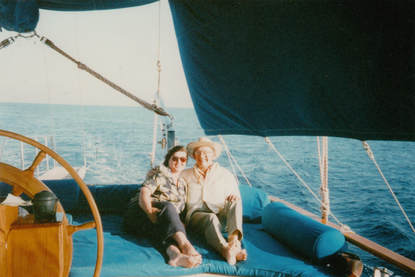 Relaxing on the gulet: the retired life
Relaxing on the gulet: the retired life The next day, we sailed past the wide beaches and rocky green hills of Lesbos and through a group of small islands known to the ancient Greeks as the Hundred Isles to a little town on the Aegean coast that probably dated to that almost mythical era, where we docked for the night. After a casual dinner of Turkish dishes, we drank more wine, watching the sunset splash over the islets, across the rippling water, and onto the gulet: a relaxing day, but followed by one of the most exciting of the trip.
Hot winds blowing over us, our little boat sailed smoothly into a marina by a Turkish village built of stark white stones above which we could see a towering Ottoman castle. However, that wasn't our destination. We were on our way to the market town of Bergama just beyond and the sprawling hilltop remains of the once rich and powerful Greek city of Pergamum, supposedly built by Alexander the Great's descendents. Despite the heat, we climbed that hill and hiked among the ruins of great temples and piles of historic rubble that once were fabulous palaces and elegant houses. As we so often had discovered, Roman ruins were mixed up with the original Greek remains, but they all were fascinating and evoked past times and lives.
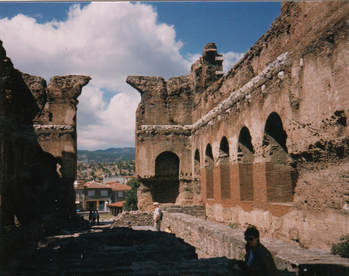 Temple of Isis & Serapis, Pergamon
Temple of Isis & Serapis, Pergamon "Go ahead," Sherrill urged me. "Climb it. I'll wait here."
"Thanks, but I'll pass." I knew that if tried I'd probably end up bouncing all the way down, but I could imagine ancient audiences in their togas stumbling on those narrow steps before settling down to watch Oedipus hurtle to his doom once again.
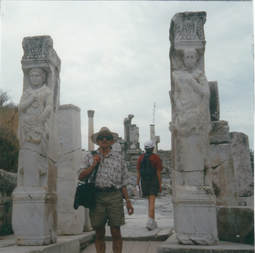 Gate of Heracles, Ephesus, Turkey
Gate of Heracles, Ephesus, Turkey "So that's why Bligh is one of your heroes?" I asked. "Not his disposition?"
"You doubted me? Our gardens would be pretty boring without him."
If you find these posts interesting, why not explore the rest of my website, too? Just click on the buttons at the top of the page and discover where they take you—including to several complete short stories and excerpts from my novels.
Please pass the posts on to anybody else you think might enjoy them.
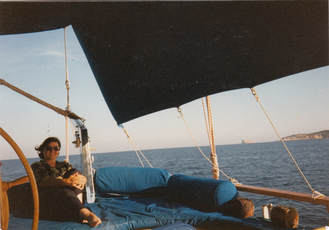
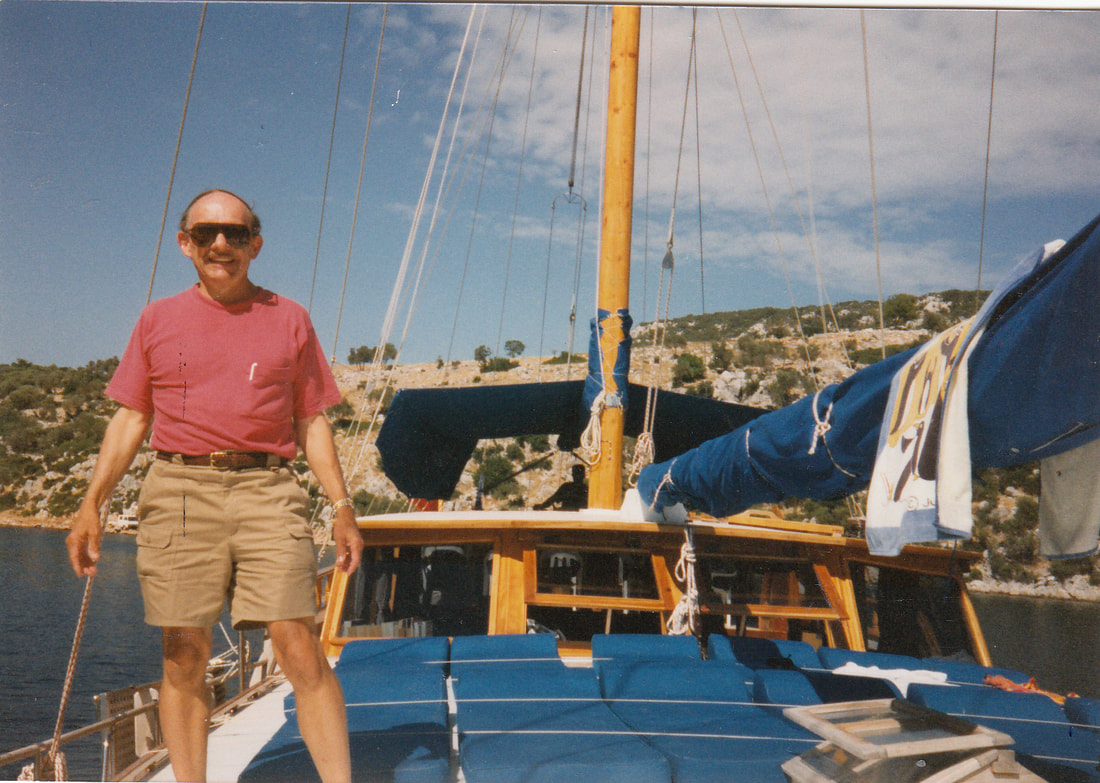
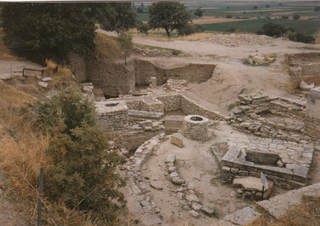
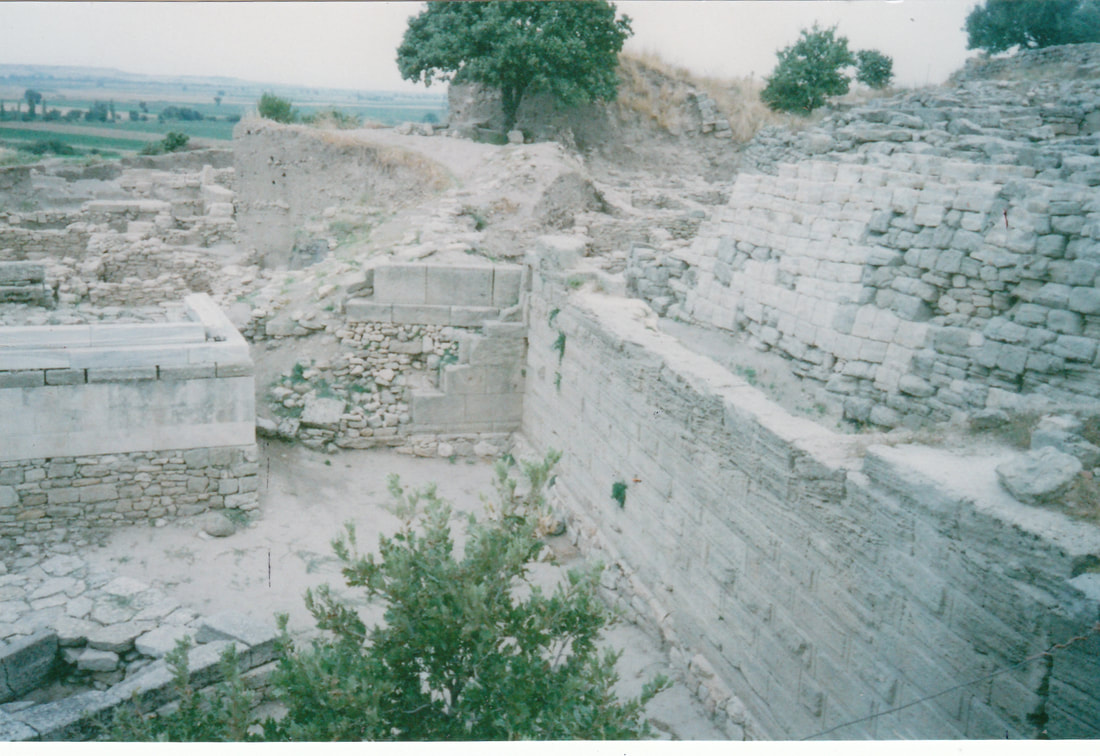
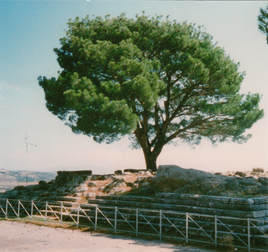
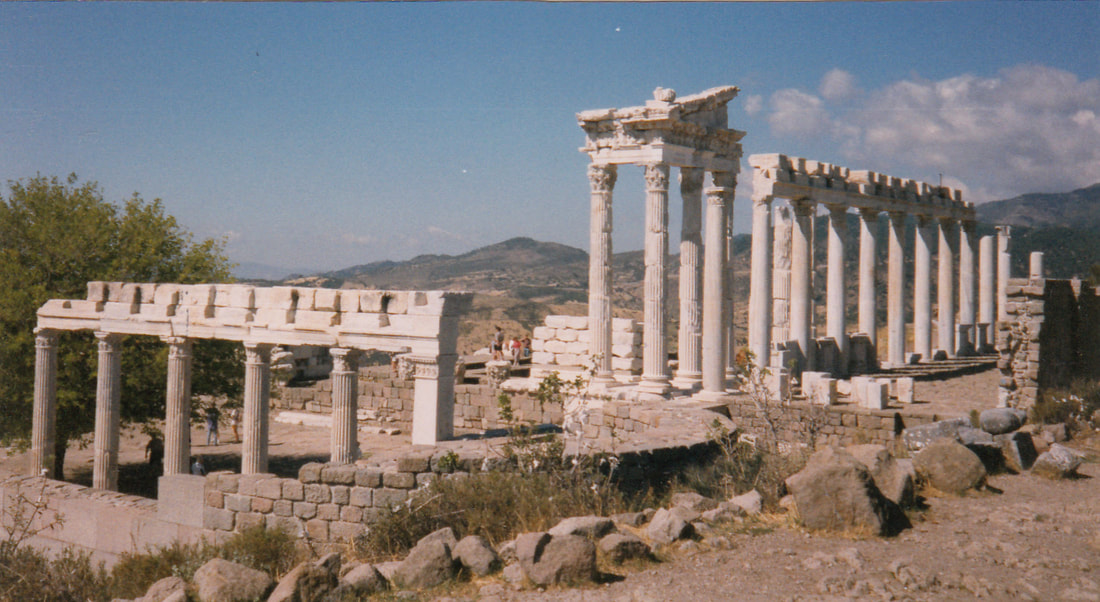
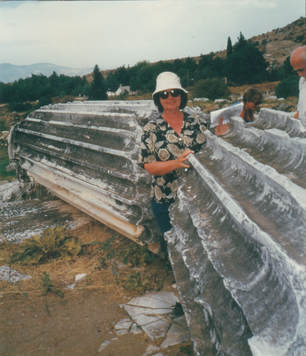
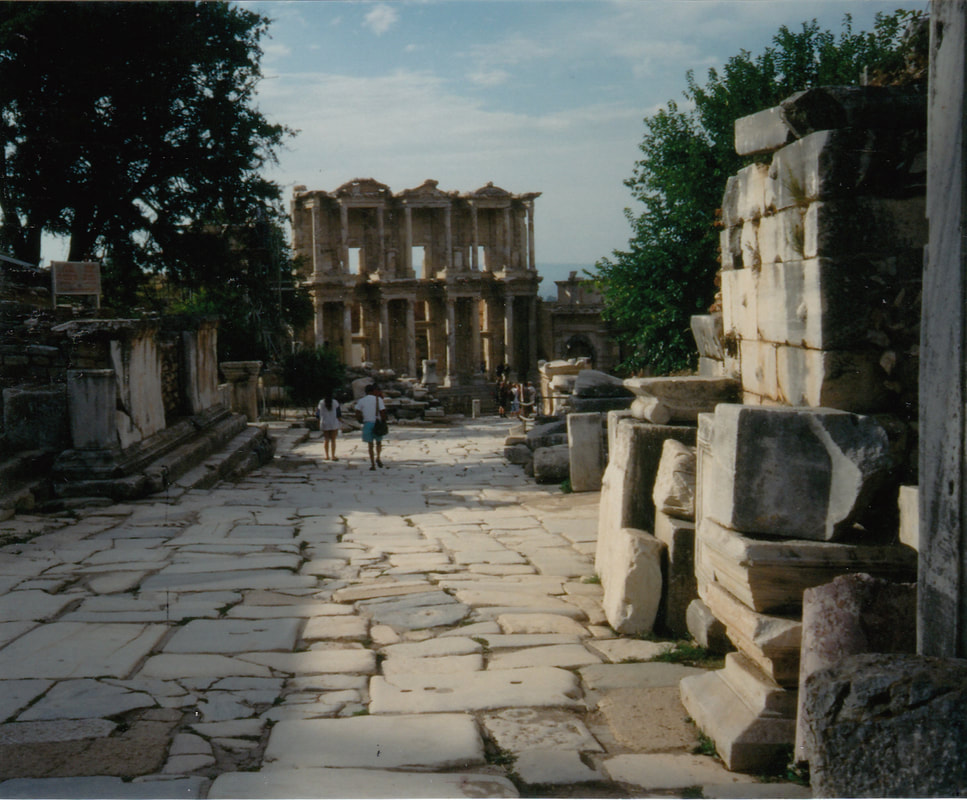
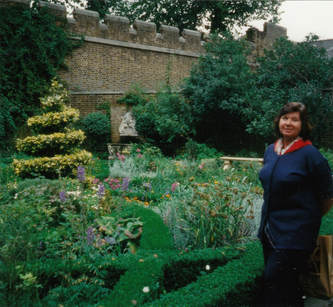
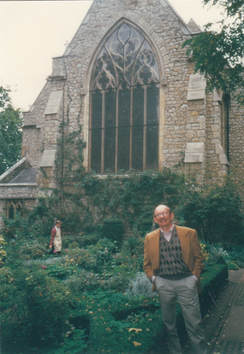
 RSS Feed
RSS Feed